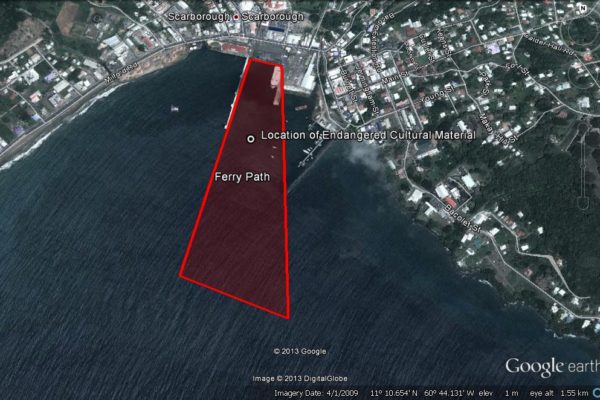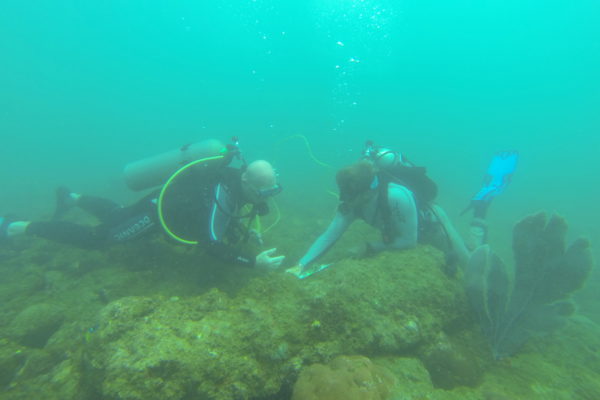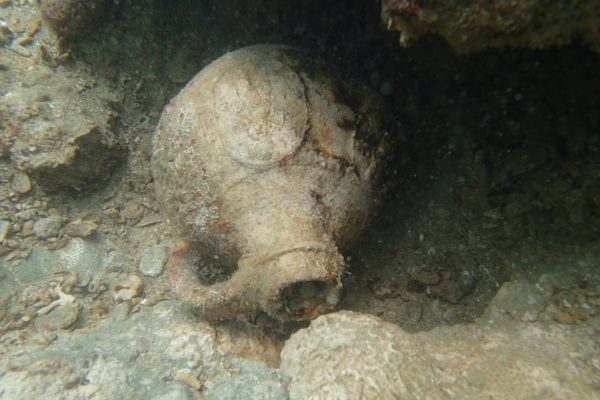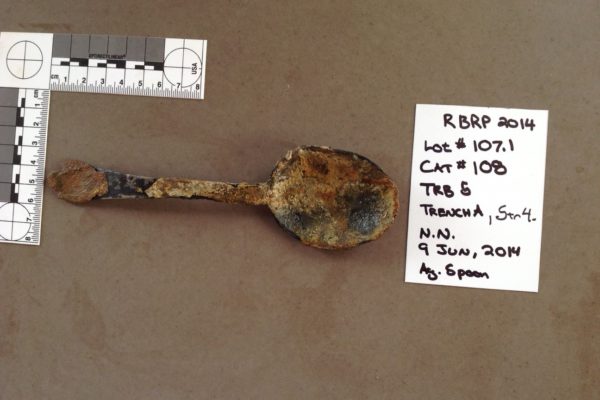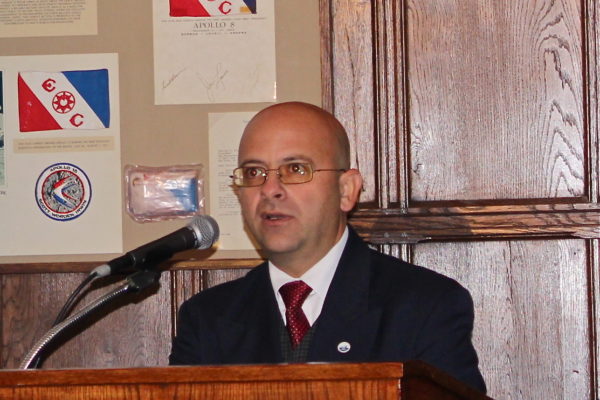Archaeological Investigation of 17th century shipwrecks Tobago
Visit the Tobago Shipwreck Virtual Exhibit
Project Goal
The aim of the Rockley Bay Research Project (“RBRP”) is to scientifically recover, evaluate, catalog and complete conservation of 17th century cultural artifacts related to the 1677 Franco-Dutch naval battle which took place in what is now Rockley Bay, Tobago.
Our Strategy
In 1677 a combined land and sea assault was launched by the French on the undermanned and weaker-armed Dutch squadron, lying at anchor in the bay. In the fierce battle that ensued, the French were forced to retreat after losing the four largest ships in their fleet, including the 72-gun flagship. The Dutch victory, however, was dearly bought and most of their ships were sunk. Sedimentation in the bay, caused by erosion from deforestation in the 17th century, quickly covered the wrecks and protected them until the 1990s when a new jetty was built for the cruise ships calling at Tobago.
The project involves the mapping, archaeological recovery, documentation, cataloging, registration, rescue conservation and technical training for the long-term curation of a large number of threatened fragile wood, metal and ceramic artifacts. The project has four important goals:
- Identify, map and record the remains of the 17th century Dutch warships. Implement an aggressive sampling program for dendrochronological analysis.
- Determine construction characteristics of these vessels and obtain information on life aboard of West Indies Company ships.
- Study and interpret the archaeological site as a naval battle site, investigating the tactical aspects of the battle of Rockley Bay.
- Through the conservation of the endangered archaeological material, this project aims to develop long-term local capacity in conservation and preservation of underwater cultural heritage in Trinidad and Tobago. At present no similar capacity exists in the entire Caribbean region.

